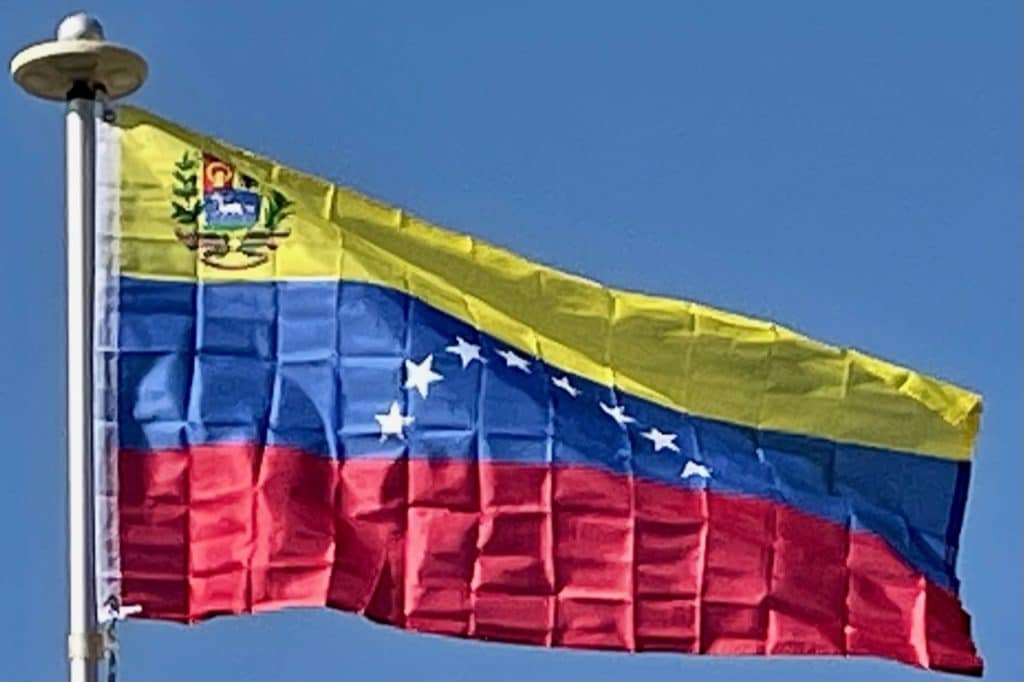

Venezuela
The end of the French invasion of homeland Spain in 1814 allowed the preparation of a large expeditionary force to the American provinces under general Pablo Morillo, with the goal to regain the lost territory in Venezuela and New Granada. As the war reached a stalemate on 1817, Bolívar reestablished the Third Republic of Venezuela on the territory still controlled by the patriots, mainly in the Guayana and Llanos regions. This republic was short-lived as only two years later, during the Congress of Angostura of 1819, the union of Venezuela with New Granada was decreed to form the Republic of Colombia (historiographically Republic of Gran Colombia). The war continued for some years, until full victory and sovereignty was attained after Bolívar, aided by José Antonio Páez and Antonio José de Sucre, won the Battle of Carabobo on 24 June 1821. On 24 July 1823, José Prudencio Padilla and Rafael Urdaneta helped seal Venezuelan independence with their victory in the Battle of Lake Maracaibo. New Granada’s congress gave Bolívar control of the Granadian army; leading it, he liberated several countries and founded the Republic of Colombia (Gran Colombia).
Sucre, who won many battles for Bolívar, went on to liberate Ecuador and later become the second president of Bolivia. Venezuela remained part of Gran Colombia until 1830, when a rebellion led by Páez allowed the proclamation of a newly independent Venezuela; Páez became the first president of the new State of Venezuela. Between one-quarter and one-third of Venezuela’s population was lost during these two decades of warfare (including perhaps one-half of the white population), which by 1830, was estimated at 800,000.
Slavery in Venezuela was abolished in 1854. Much of Venezuela’s 19th-century history was characterized by political turmoil and dictatorial rule, including the Independence leader José Antonio Páez, who gained the presidency three times and served a total of 11 years between 1830 and 1863. This culminated in the Federal War (1859–1863), a civil war in which hundreds of thousands died in a country with a population of not much more than a million people. In the latter half of the century, Antonio Guzmán Blanco, another caudillo, served a total of 13 years between 1870 and 1887, with three other presidents interspersed.
In 1895, a longstanding dispute with Great Britain about the territory of Guayana Esequiba, which Britain claimed as part of British Guiana and Venezuela saw as Venezuelan territory, erupted into the Venezuela Crisis of 1895. The dispute became a diplomatic crisis when Venezuela’s lobbyist, William L. Scruggs, sought to argue that British behavior over the issue violated the United States’ Monroe Doctrine of 1823, and used his influence in Washington, D.C., to pursue the matter. Then, U.S. president Grover Cleveland adopted a broad interpretation of the doctrine that did not just simply forbid new European colonies, but declared an American interest in any matter within the hemisphere.[53] Britain ultimately accepted arbitration, but in negotiations over its terms was able to persuade the U.S. on many of the details. A tribunal convened in Paris in 1898 to decide the issue and in 1899 awarded the bulk of the disputed territory to British Guiana.[54]

